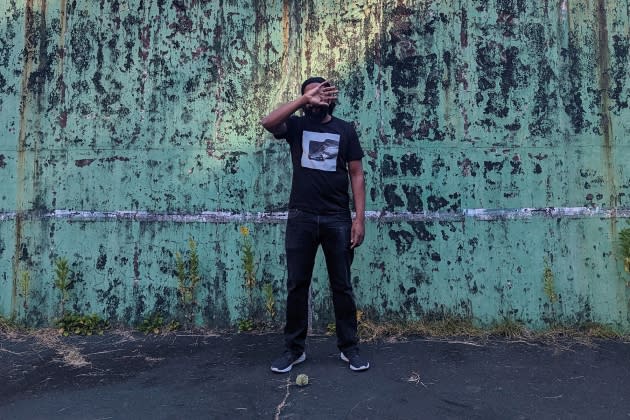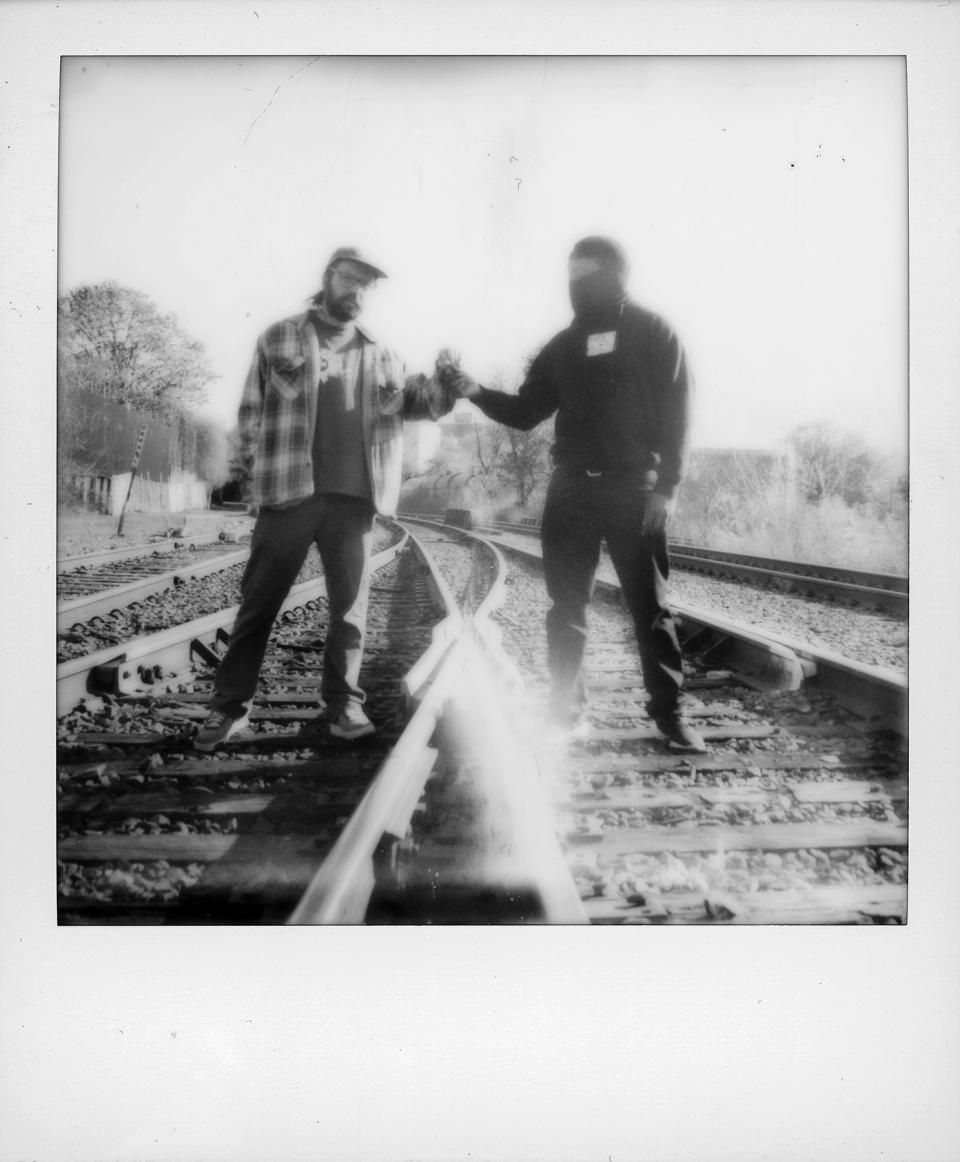Underground Rap Hero Billy Woods on Coming Full Circle
- Oops!Something went wrong.Please try again later.
- Oops!Something went wrong.Please try again later.

Back when he was moving between Washington D.C. and New York City in the late Nineties and early 2000s, billy woods frequented a Black-owned record shop seeking El-P and Cannibal Ox on wax. “I kept coming in, and checking for it — my homie was really diligent about it,” he recalls now. “I got The Cold Vein. I think I got it on CD at the same time, and it was off to the races.” Soon, the success of The Cold Vein and MF DOOM’s Operation Doomsday inspired woods to birth an imprint of his own, as a way to release music he thought was cool. He called it Backwoodz Studioz, after the blunt company.
The vision for the label first came to woods as an adolescent in Zimbabwe, where he spent much of his early life. “When I was really young, in Zimbabwe, I started a comic book company, when I was a little kid, with my friends,” he says. “I was just thinking about how to put out all this music.” But that was 20 years ago, when woods was pressing the original CD artwork for his debut, Camouflage, at Kinko’s. Now woods is preparing his new album Maps, releasing May 5. It’s a victory lap for both him and Backwoodz.
More from Rolling Stone
After he founded Backwoodz Studioz in 2003, Backwoodz Studioz grew into a notorious imprint known for albums jam-packed with dense lyricism and unconventional loops and samples in the production. Backwoodz aimed to release music that enlightened through knowledge and experience, offering an alternative to the mainstream rap caviar of the day. Throughout the 2010s, with acts like Fielded, ShrapKnel (Curly Castro & PremRock), and Billy’s Armand Hammer partner ELUCID, Backwoodz Studioz grew an impressive resume.
That underground success didn’t come without its pitfalls. “The label lost money for a decade, easy,” woods says. “The obstacles we had [were] not actually knowing what we were doing, arriving with an idea of success that outstripped our capabilities, or popularity, at the time. Making sure everybody that’s on the team, is really as committed to doing whatever you’re doing as you are.”
One of Backwoodz’s most acclaimed projects to date is 2019’s Hiding Places, by billy woods and L.A.-based producer Kenny Segal. The two had worked together before on Armand Hammer records, but never on a solo record. Hiding Places found woods rapping over distressed samples looped into madness, with snares and bass kicks that called back to old-school Nineties hip-hop records. woods worked with Kenny for the first time for a track on Armand Hammer’s 2017 album Rome, thanks to ELUCID, who knew Kenny previously. The following year, the rapper and the producer met up in woods’ East Williamsburg apartment. “He came through, just playing me beats,” woods says. “He had all these weird little children’s toys that he’d turned into live beat-machine things, and I was just like, ‘Wow, this guy’s a nut.’”

It’s been four years since the release of Hiding Places. Both Kenny and billy have steadily dropped a stream of projects over the years, expanding their artistry — last year, woods’ Aethiopes made many critics’ year-end lists — but Maps marks their first full collaboration since then. “This is a post-pandemic album,” woods says, explaining that it came out of his “hectic” tour schedule as Covid restrictions on shows were lifted.
The majority of Maps was recorded in fits and starts. It’s an album born from the inspiration that comes from seeing different pockets of the world. Some tracks were recorded at Alchemist’s studio, and others at Kenny’s, both located in Los Angeles. The album artwork depicts woods’ unique brand of airplane etiquette as if he was piloting a Backwoodz flight.
“Kenwood Speakers” opens Maps with the sounds of vibrating subwoofers and snapping drums. It’s a record that calls back to the golden age of hip-hop, where emcees contested for the iron mic. “It’s one of the last songs we did,” woods says. “We were joking around about how you could call us Ken Wood, and I was like, ‘Oh, Kenwood’s actually the old audio company.’” For him, the song evokes a strong sense of place. “That song, for me, is when I’m walking at night through the street, going to Bed-Stuy and Crown Heights and back,” he adds. “It’s walking, and half-empty streets, and rats scattering around. But also these big, beautiful buildings, and the trees shading the street lights, and the beats knocking in your head, and it’s like a fucking movie.“
Maps features guest appearances from ELUCID, ShrapKnel, Quelle Chris, Benjamin Booker, and Samuel T. Herring of Future Islands. But the most compelling addition comes from Detroit rapper Danny Brown, who delivers a brain-smashing verse on “Year Zero.” “I reached out to Danny, and was like, ‘How about we do this thing?'” Woods recalls. “When he showed up, it was memorable. Danny came through with two cars, two separate cars, arriving at different times, with different people in them, because they had all come from somewhere else, already hanging out, all night. He had the rhyme on two separate phones. He continued rhyming. I mean, it just went on. It was crazy. It’s longer than even what’s on there, I think.”
There’s a good level of humor in some of the stories told on Maps. On “Baby Steps,” woods raps about taking a $300 cab ride. “I had a tour where the booking agent had set up something between two places, without really considering that the options for getting there were bad,” he says. “My booking agent’s suggestion was that I would call an uber from one place to the other. And I’m very skeptical, but I’m calling a uber from Kansas City, Missouri, to Omaha, Nebraska, or something. It does seem a little insane, but he’s like, ‘Oh, I mapped it out, it’s $320.’”
He sees Maps as following a narrative arc that he connects to “the quintessential hero’s journey, or any type of journey that involves getting back home…I feel I got to come home from a journey to have anything to really say, right?”
He adds: “The album starts in New York City, and that’s where you’re coming home. This is where I live, this is where I’m coming back to. For better or worse, this is my home.”
Best of Rolling Stone

